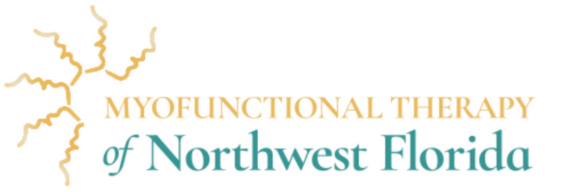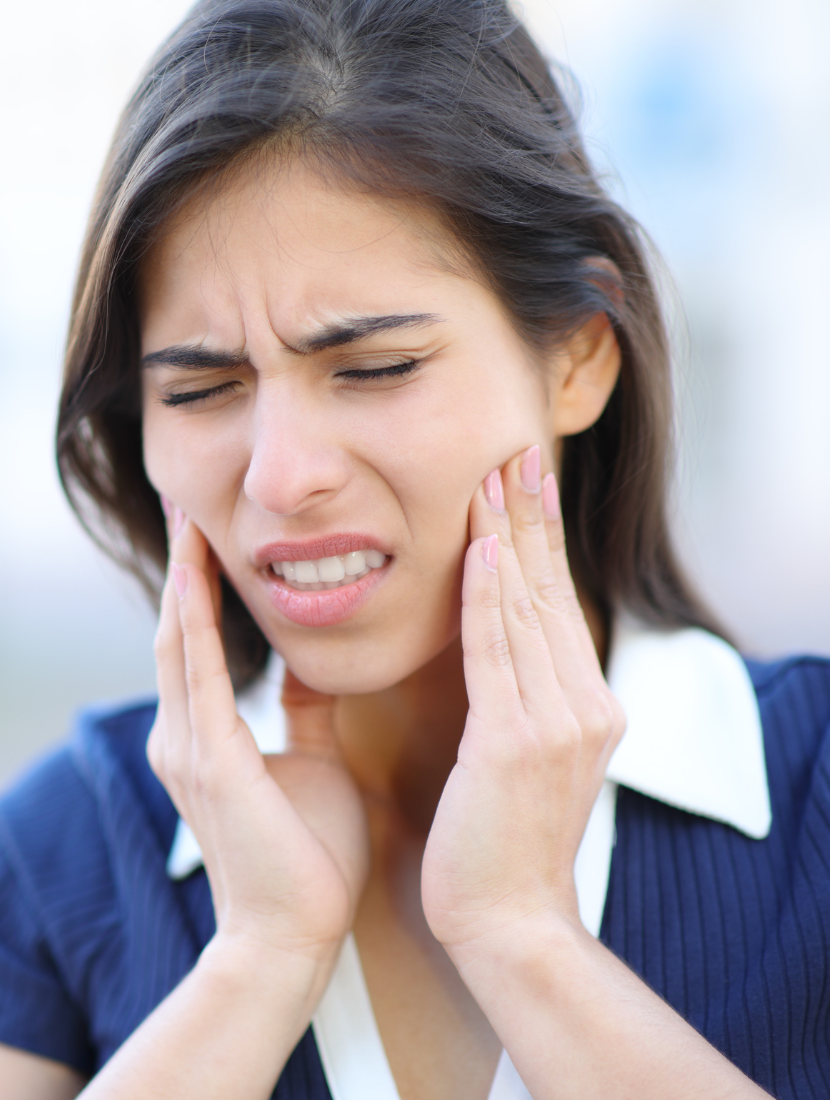Understanding OMDs
Orofacial Myofunctional Disorders (OMDs) involve improper habits or patterns related to the muscles of the face, mouth, and tongue. These patterns can impact how you breathe, speak, chew, swallow, and even how your face and jaws develop over time.
In a healthy system, the tongue rests comfortably against the roof of the mouth, lips stay closed, and breathing happens through the nose. When these natural patterns are disrupted, it can create a wide range of issues that affect daily life — often in ways people don’t immediately recognize.
What Causes Orofacial Myofunctional Disorders?
OMDs often develop from a combination of factors, including:
- Early habits like thumb sucking, prolonged bottle use, or extended pacifier use
- Chronic mouth breathing due to allergies, enlarged tonsils/adenoids, or nasal obstructions
- Oral structural issues such as tongue ties (ankyloglossia) or high, narrow palates
- Neurological or muscular imbalances that affect muscle strength and coordination
These underlying issues can disrupt natural growth and movement patterns, leading to long-term impacts on breathing, speech, chewing, swallowing, and even facial appearance.

The Role of Myofunctional Therapy
Myofunctional therapy offers a non-invasive, exercise-based solution that retrains the muscles to function properly. By building awareness and correcting harmful habits, therapy helps establish healthy patterns that support:
- Efficient breathing and airway health
- Proper tongue and lip posture
- Correct swallowing mechanics
- Clearer speech
- Stability for orthodontic treatments
Each therapy plan is personalized based on the individual’s specific needs and goals.
Working With Other Healthcare Providers
Orofacial Myofunctional Disorders often overlap with other areas of healthcare. We may collaborate with:
- Dentists and orthodontists
- ENTs (ear, nose, and throat specialists)
- Speech-language pathologists
- Sleep medicine specialists
- Pediatricians
A team approach ensures that all aspects of an OMD are properly addressed for the best long-term outcomes.
Have Questions About OMDs?
We’re here to help! If you or your child shows signs of an OMD, or if you simply want to learn more, we invite you to Contact Us for a consultation. Early action can make a big difference!

